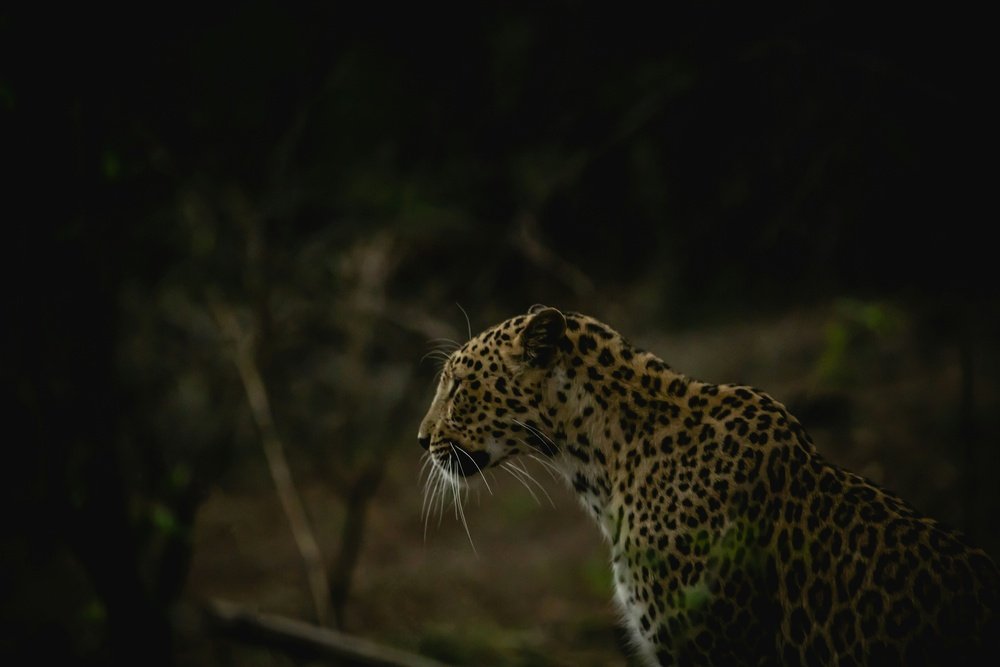India, a land blessed with rich biodiversity and varied ecosystems, is home to an extraordinary range of flora and fauna. With over 100 national parks and more than 500 wildlife sanctuaries, the country offers a spectacular experience for nature lovers, wildlife photographers, and conservation enthusiasts alike. From the tiger-laden jungles of Madhya Pradesh to the rhino swamps of Assam, Wildlife Sanctuaries & National Parks in India are vital for ecological balance and thrilling for tourists seeking a close encounter with the wild.
In this article, we explore the diversity, significance, and major attractions of India’s top wildlife destinations.
Why Wildlife Sanctuaries & National Parks Matter
India’s wildlife sanctuaries and national parks serve several essential purposes:
- Conservation of Species: They protect endangered species like the Bengal tiger, Indian elephant, one-horned rhinoceros, Asiatic lion, and many others.
- Preservation of Ecosystems: From dense forests to wetlands and deserts, these protected areas maintain vital habitats.
- Ecotourism & Education: They promote awareness, sustainable tourism, and community involvement in wildlife protection.
- Scientific Research: These regions are key for biodiversity studies and ecological monitoring.
Top National Parks in India
1. Jim Corbett National Park, Uttarakhand
The oldest national park in India, established in 1936, Jim Corbett is famous for Bengal tiger sightings. Nestled in the Himalayan foothills, it also houses elephants, leopards, and hundreds of bird species.
2. Ranthambore National Park, Rajasthan
A favorite among wildlife photographers, Ranthambore is known for its majestic tigers and the ancient Ranthambore Fort. The dry deciduous forest landscape offers dramatic sightings.
3. Kaziranga National Park, Assam
A UNESCO World Heritage Site, Kaziranga is home to the world’s largest population of one-horned rhinoceroses. Visitors can also spot elephants, wild buffaloes, swamp deer, and river dolphins.
4. Sundarbans National Park, West Bengal
Famous for the elusive Royal Bengal Tiger and its mangrove ecosystem, Sundarbans is a unique national park where land and sea meet. It is also home to saltwater crocodiles and rich birdlife.
5. Bandhavgarh National Park, Madhya Pradesh
With one of the highest tiger densities in India, Bandhavgarh offers a high chance of tiger spotting. The park is also dotted with caves, ancient temples, and fort ruins.
6. Gir National Park, Gujarat
The only natural habitat of the Asiatic Lion, Gir is a symbol of successful wildlife conservation. It also hosts leopards, jackals, hyenas, and numerous bird species.
7. Periyar National Park, Kerala
Set around a scenic lake in the Western Ghats, Periyar is best known for its elephants. Boat safaris offer a unique way to view wildlife like gaurs, otters, and sambar deer.
8. Kanha National Park, Madhya Pradesh
Inspiration for Rudyard Kipling’s Jungle Book, Kanha is a lush paradise home to tigers, barasingha (swamp deer), sloth bears, and many bird species.
Popular Wildlife Sanctuaries in India
1. Bharatpur Bird Sanctuary (Keoladeo Ghana), Rajasthan
A UNESCO World Heritage Site, this sanctuary is a haven for birdwatchers with over 370 species, including migratory birds like the Siberian crane.
2. Dandeli Wildlife Sanctuary, Karnataka
Dandeli is known for its population of black panthers, as well as elephants, bison, and hornbills. It’s a great destination for adventure and eco-tourism.
3. Bhadra Wildlife Sanctuary, Karnataka
A Project Tiger reserve, Bhadra is a tranquil spot with scenic hills, water bodies, and sightings of tigers, leopards, and wild dogs.
4. Chinnar Wildlife Sanctuary, Kerala
This lesser-known sanctuary is home to the endangered Giant Grizzled Squirrel of India, along with elephants, gaurs, and mugger crocodiles.
5. Dibang Wildlife Sanctuary, Arunachal Pradesh
A remote and scenic sanctuary in the Eastern Himalayas, home to snow leopards, Mishmi takins, and red pandas.
Wildlife Experiences Not to Miss
- Jungle Safari: Jeep or elephant safaris in parks like Kanha, Bandhavgarh, or Corbett provide thrilling close encounters.
- Boat Safari: In Periyar and Sundarbans, observe wildlife from the water for a unique experience.
- Birdwatching Tours: Sanctuaries like Bharatpur and Chilika Lake (Odisha) offer paradise for birdwatchers.
- Night Safari: In select parks like Satpura, night safaris let you experience the nocturnal side of the jungle.
Best Time to Visit Wildlife Sanctuaries & National Parks
- October to March: Ideal for most parks, with pleasant weather and increased animal activity.
- April to June: Though hot, it’s the best time for tiger sightings near waterholes.
- Monsoon Season (July to September): Some parks remain closed, but southern sanctuaries like Periyar stay open.
Conservation Challenges & Ecotourism
Despite their importance, wildlife sanctuaries and national parks face several threats:
- Habitat loss due to encroachment and development
- Poaching and illegal wildlife trade
- Climate change impacting delicate ecosystems
- Unregulated tourism causing disturbance to habitats
To counter this, responsible ecotourism is encouraged—minimizing impact, supporting local communities, and promoting awareness.
Tips for Visiting Wildlife Sanctuaries & National Parks
- Respect park rules and never litter.
- Maintain silence and avoid disturbing wildlife.
- Hire authorized guides for a better experience.
- Avoid plastic and follow “leave no trace” principles.
- Book safaris in advance, especially during peak seasons.
Conclusion
India’s Wildlife Sanctuaries & National Parks are more than just travel destinations—they are vital lungs of our planet, home to majestic creatures and vibrant ecosystems. Whether you’re chasing the call of the wild or simply seeking to reconnect with nature, exploring these green havens offers unforgettable experiences and deeper appreciation for our natural world.
From tiger trails in the heart of India to bird-filled wetlands and lion safaris in the west, these sanctuaries are a testimony to India’s incredible biodiversity. It’s time to pack your binoculars and embark on a journey where every rustle in the forest tells a story.
